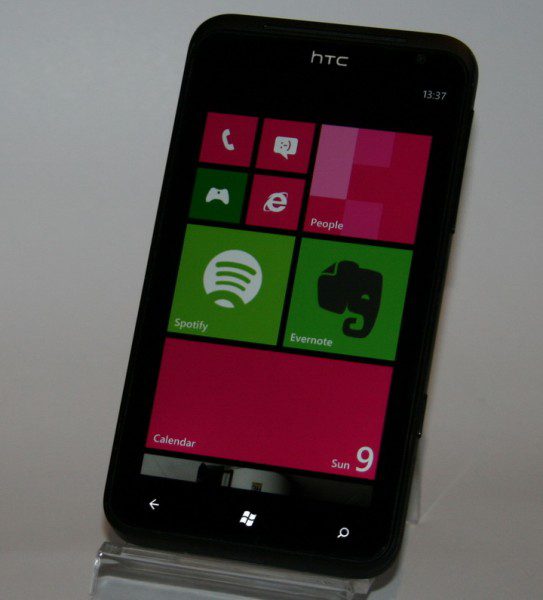Mobile Computing: The Impact of Social Media
The implication of mobile phones in our modern world is getting clearer. With the impact that these devices have on social media networking sites, mobile computing just got better and draws attention from hardware, software developers and vendors.
Mobile computing innovations have seen the rise of Android and iPhone platforms where third-party developers have developed hundreds of thousands of apps that run on these devices, some right in the cloud.

The real drivers of mobile computing however are not the hardware and software manufacturers but rather the many users that interact, are always connected on these social networks and using these devices.
It can therefore be assumed that the future of these devices and where they are used will largely determine future innovations surrounding the proliferation of mobile devices.
Mobile users spend more time on networking sites than their desktop counterparts. This means that network systems will require more dynamic connectivity patterns if this trend is expected to continue and if social networking sites expect to reap more revenue in the future.
Mobile advertisers will also reap a huge chunk of that revenue as innovation in the field of geo-location, user activity sensing and social profiling is expected to lead to more targeted and therefore better advertising.
It is also highly likely that mobile computing developments will largely revolve around social networks like Facebook and Twitter. Already, the launch of Facebook places and the ability to add longitude and latitude to tweets are evidence that the future of mobile computing is in social media.
All the above sounds interesting, however it also means that things like customer experience with low latency, high responsiveness and ease of interaction will need major improvements if customers are expected to have the same kind of experience on mobile platforms as desktop users.
It is also interesting to see that the current limitations on mobile devices have induced new behaviour in users. This includes skimming through content rather than reading and writing short answers.
While solutions to these challenges can be built around these emerging behaviours, one thing is clear; users’ expectations cannot be met unless these challenges can be solved.
Energy concerns for mobile computing are another challenge. Smart phones rarely store charge for more than 12 hours in continuous use and bigger and more colourful screens means that power usage just went up.
These are challenges that can be resolved by having hardware and software that is more efficient. We can only reflect on the current developments in mobile computing and its impact on social media and hope that it will tangibly shape the unpredictable path into the future of human interaction.









